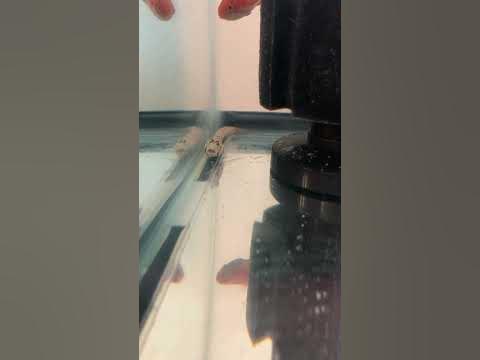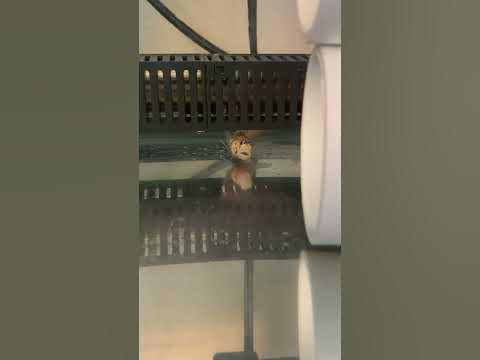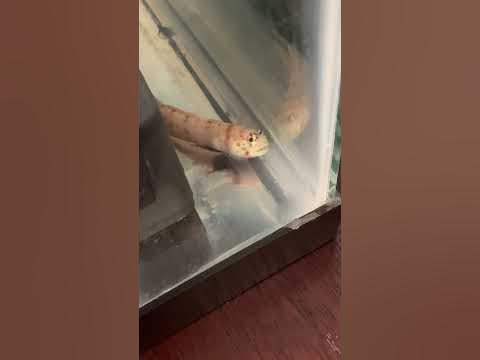Day 24 of copper @ 2.45ppm and I woke up to the Orange Spot Goby breathing very hard. I did an emergency water change and now I’m just observing. Did a small water change yesterday and another today. Water is oxygenated from sponge, HOB, and flow pump pointed at surface. Salinity is 1.025. Any thoughts to what may be going on. He has been in qt since Black Friday along with the Carpenters Flasher Wrasse that is doing great.

 youtube.com
youtube.com





















